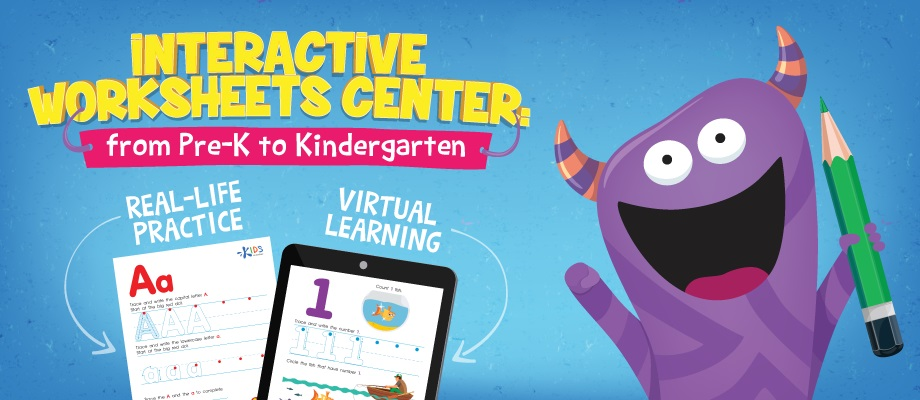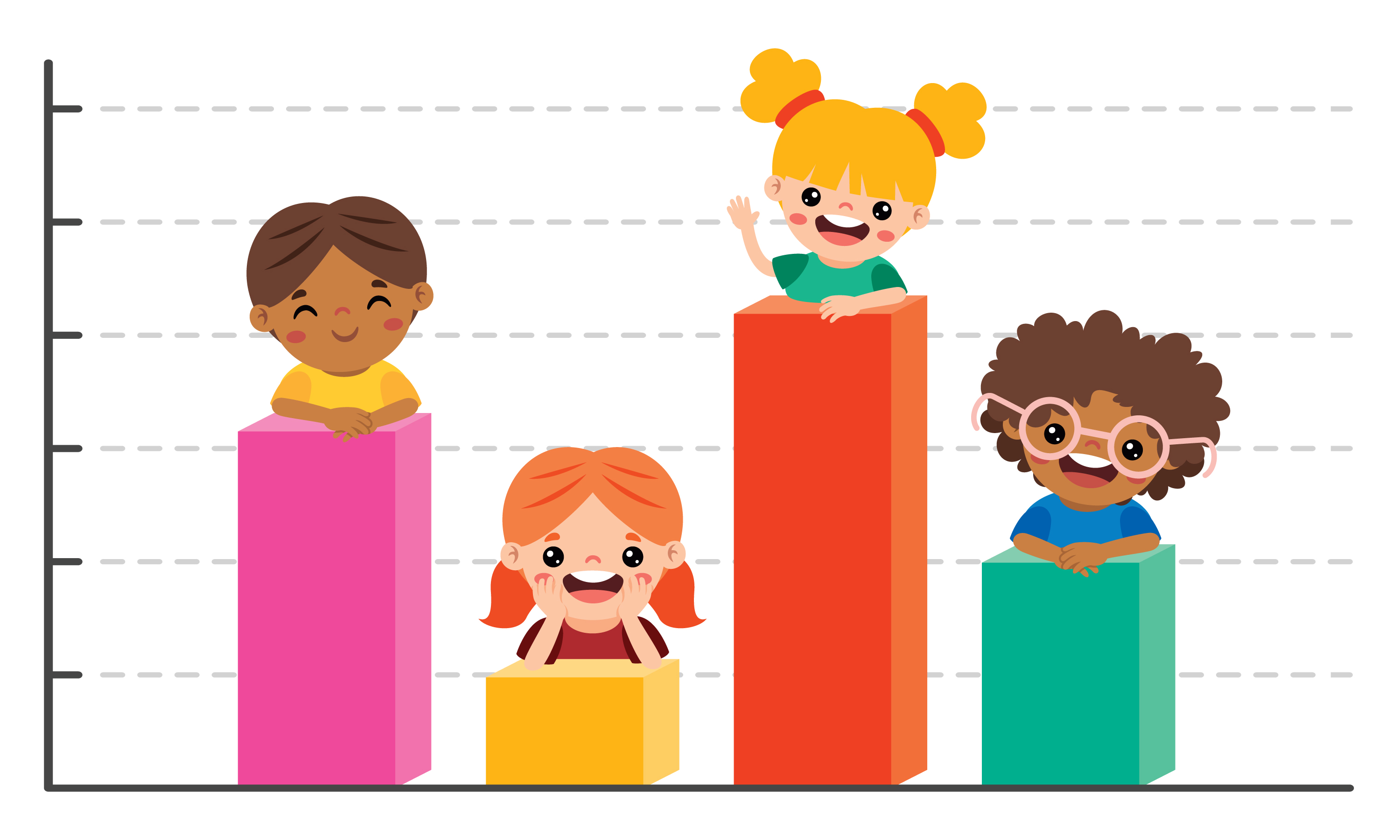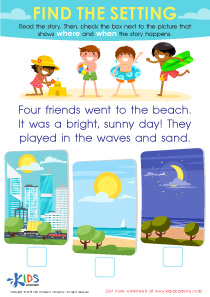Visual discrimination Easy Worksheets for Ages 6-9
5 filtered results
-
From - To
Discover our Visual Discrimination Easy Worksheets tailored for ages 6-9 at Kids Academy! These fun and engaging worksheets help young learners develop essential visual discrimination skills critical for reading, writing, and problem-solving. Designed with beginner-friendly activities, the sheets include matching, identifying differences, categorizing objects, and more. Each worksheet encourages attention to detail, pattern recognition, and cognitive development, helping children differentiate between various symbols, shapes, and figures. Perfect for classroom use or homeschooling, these worksheets provide a solid foundation for academic success. Visit us to explore our full range of resources and support your child's learning journey today!
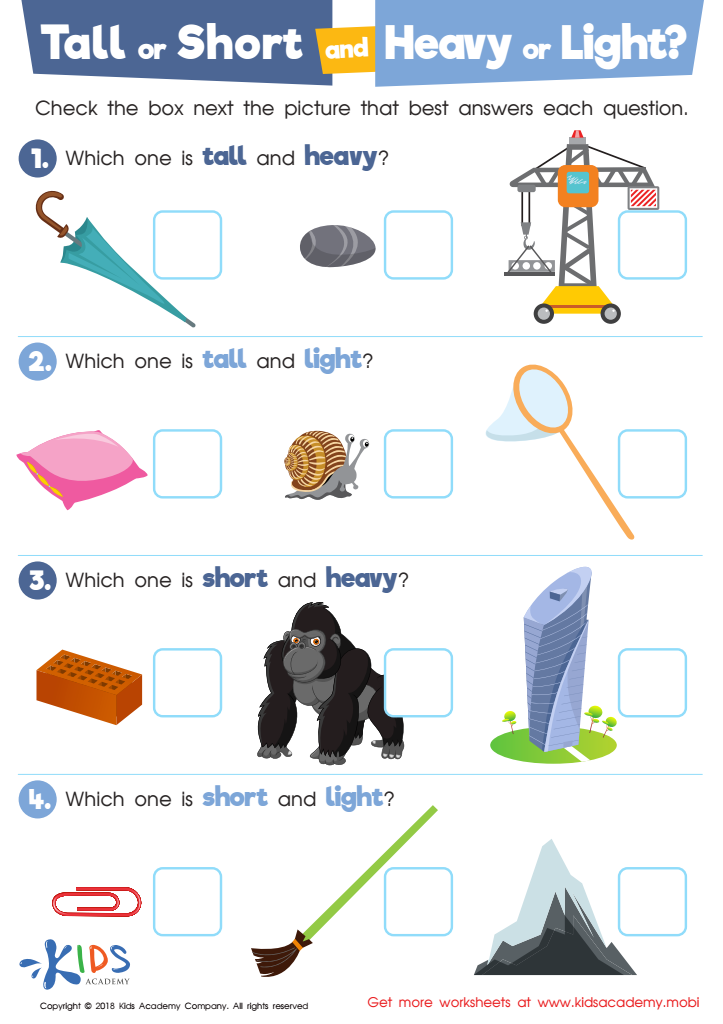

Tall or Short and Heavy or Light? Worksheet
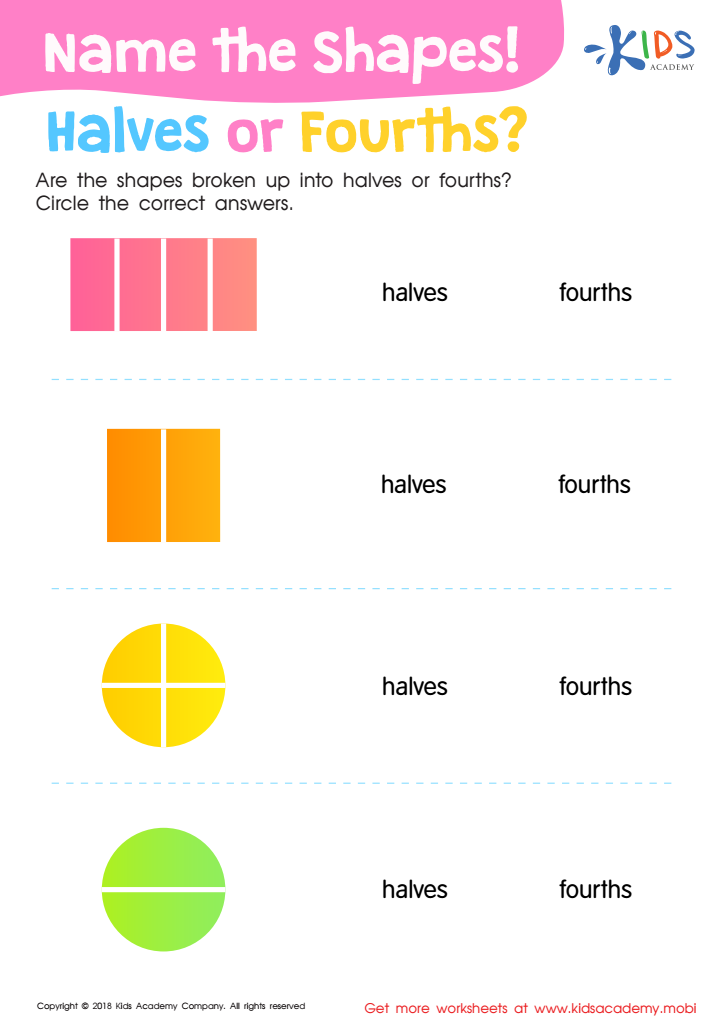

Name the Shapes Halves or Fourths? Worksheet
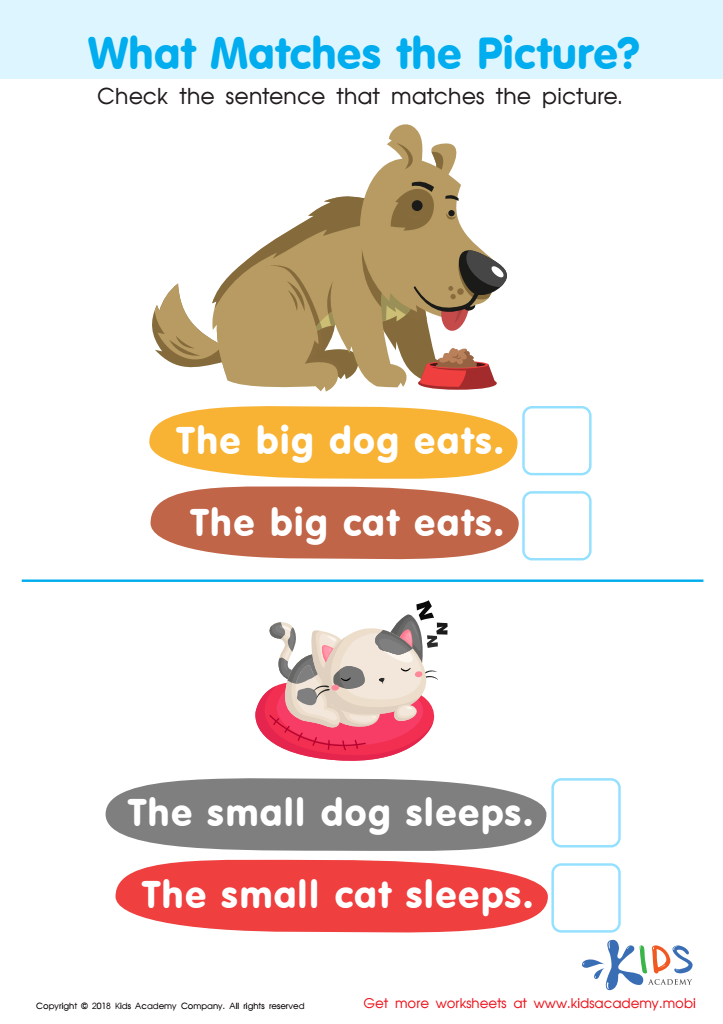

What Matches the Picture? Worksheet
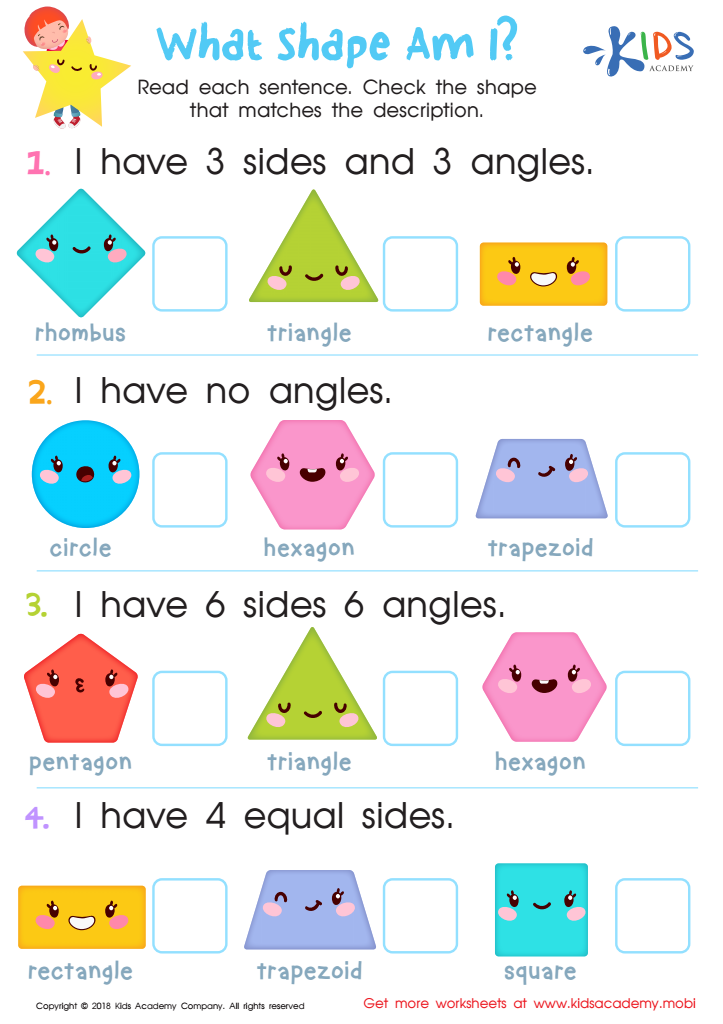

What Shape Am I? Worksheet
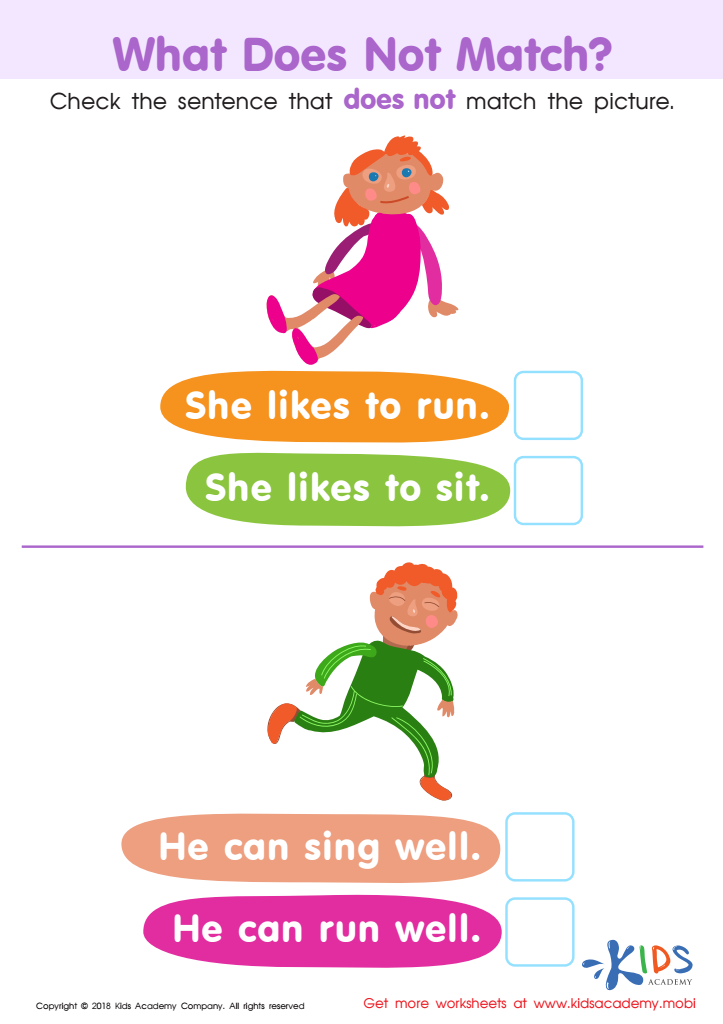

What Does Not Match? Worksheet
Visual discrimination plays a crucial role in the cognitive development of children between the ages of 6-9. First, it is fundamental for reading and writing, as it allows children to recognize similarities and differences in letters and words. For instance, distinguishing between 'b' and 'd' or 'was' and 'saw' relies on strong visual discrimination skills.
Secondly, visual discrimination aids in mathematics, helping children see differences in numbers and symbols. They can more easily understand patterns, sort objects, and solve problems when they can visually distinguish between them.
Beyond academics, visual discrimination sharpens overall perceptual skills, impacting everyday activities like identifying shapes on road signs, differentiating between objects, and engaging in sports that require accurate visual tracking. These skills are intrinsically linked to a child's confidence and ability to navigate their environment safely and effectively.
Socially, visual discrimination helps in reading facial expressions and body language, fostering better interpersonal skills and emotional understanding. When parents and teachers support the development of these skills, they enable children to become proficient learners and critical thinkers, laying a strong foundation for future learning and daily life activities. Thus, investing time and resources in cultivating visual discrimination abilities ensure well-rounded growth.
 Assign to My Students
Assign to My Students




